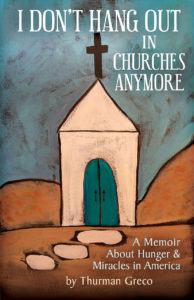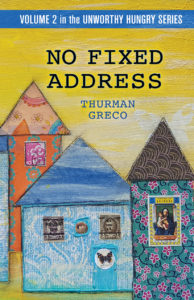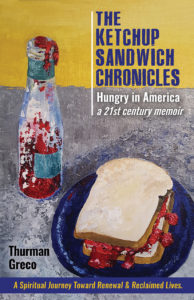What About our Hungry Neighbors, Anyway?
“WHAT ABOUT THE PEOPLE COMING TO YOUR PANTRY WHO DON’T NEED THE FOOD? YOU DON’T FEED THEM, DO YOU?”
I hear variations on this theme from people who’ve never been near a pantry. They fantasize that food pantries are visited mostly by people with expensive cars, designer clothing, beautiful jewelry, fancy jobs; freeloaders who aren’t hungry and don’t need the food.
IF ONLY THEY KNEW…HUNGER IS A POTENTIAL FOR ALL OF US.
So, now, I offer you a chance to glimpse at what hunger really means.
Imagine what life would be like if you lived without enough $$$ to buy the food you need to feed yourself and your family.
Because…these people are neighbors. You may not recognize those around you who suffer with hunger and who miss meals. Open your eyes a little and you’ll see them all. You’ll know the names of some, the addresses of others. You’ll even find a relative or 3. These individuals represent millions more because hunger in our country is an epidemic.
AND, LIKE OTHER EPIDEMIC DISEASES, HUNGER DOES NOT DISCRIMINATE. It’s found in all races, all religions, all communities, all categories, and every educational background.
Enlisted men and women in every branch of service are counted among the hungry. They stand tall in our front lines and in our food pantry lines.
Retail workers ring up the sales at cash registers in the check out lines of big box stores and sell us high end merchandise in upscale boutiques in communities from shore to shore in our great nation. When they are not ringing up our purchases they can often be found working a 2nd or even 3rd job.
The hungry also serve us food, clean our houses, grow the food we eat, tend our lawns, launder our clothes, and otherwise do the necessary grunt work. They care for our children in our homes and daycare centers.
Try going through your day without them. Their poverty subsidizes our wealthy lifestyle.
People don’t usually grow up aspiring to spend their adult lives working at 2-3 seemingly meaningless dead end jobs.
There just aren’t that many options for many people these days.
The kitchens of the struggling class where the hungry live usually feature 1 or 2 appliances:
crock pot
electric skillet
microwave.
Often a working refrigerator is not part of the furnishings.
The kitchen cupboards have a few items:
a small bag of flour,
mayonnaise
salt.
A couple of onions and a few potatoes may be in a bowl on the counter.
Unless the person we’re visiting has found a pantry offering fresh vegetables, there is no fresh food. If the person has found a pantry, these things will be available in small quantities.
SOME HUNGRY PEOPLE YOU SEE/KNOW MAKE UP A NEW BREED OF THIEF – FOOD THIEF. They rob grocery store shelves, not cash registers, to get the food to feed their families.
A food pantry is a final destination on a journey down a path to the bottom. Along the path, people shed personal items and personal beliefs. They come to a food pantry, admitting to themselves that they’ve gone about as far down as they can get. They’re unable to provide the most basic need life has to offer…food.
Omitted from this equation is that our whole system has failed. When a person shops at a food pantry, s/he experiences individual hunger and also wholesale, widespread hunger – and looks our nation’s political failure straight in the eye.
Hunger in America is a silent and devastating disease, hidden as much as possible from our population at large. But, there’s a question here:
HOW MUCH LONGER CAN WE KEEP THIS SECRET HIDDEN AWAY WHEN 1 SENIOR IN 7 DOESN’T GET ENOUGH TO EAT AND 1 SCHOOL CHILD IN 5 ONLY EATS IN SCHOOL?
NATIONWIDE, 1 PERSON IN 6 DOESN’T HAVE ENOUGH FOOD TO EAT.
WELCOME TO THE STRUGGLING CLASS.
Thanks for reading this blog/book.
Please send a comment.
Please refer this article to your preferred social media network.
Don’t forget to join the email list.
Peace and food for all.
Thurman Greco







